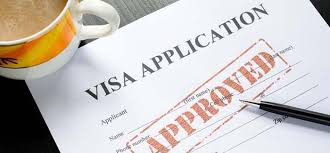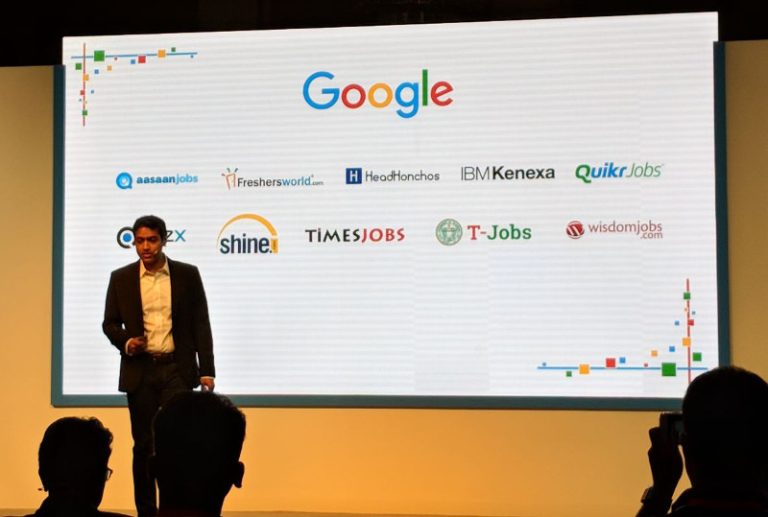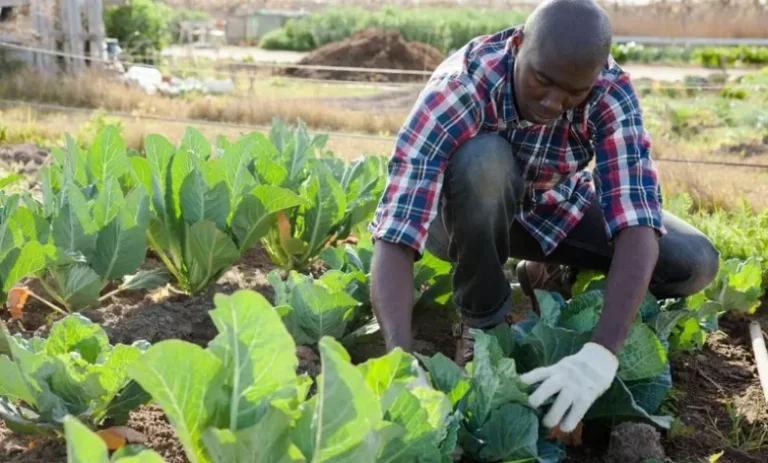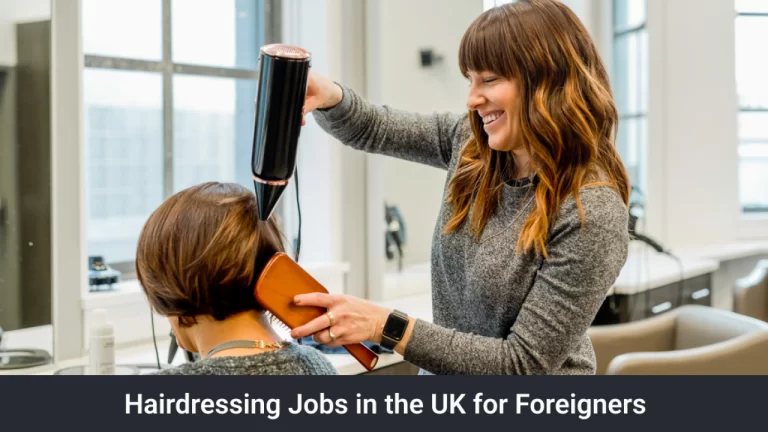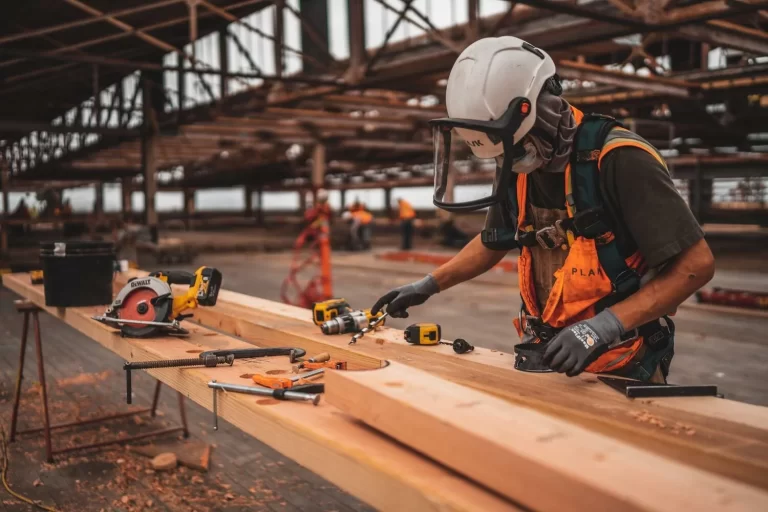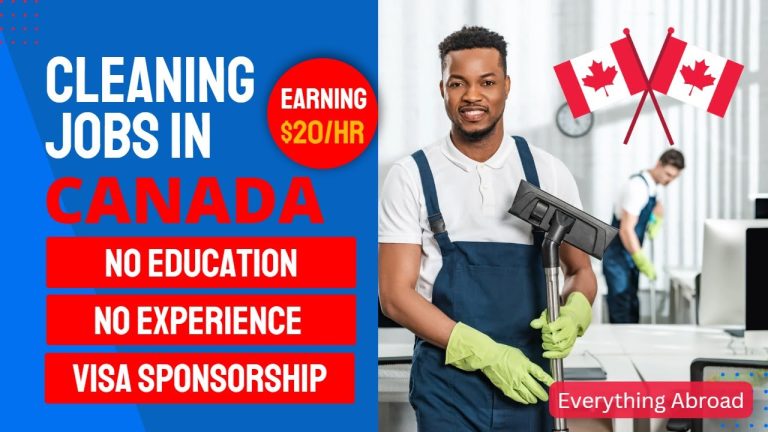Tips on how to Convert Visitor Visa to Student Visa in USA
In today’s globalized world, studying abroad has become an aspiration for many individuals. The United States is a popular destination for international students due to its renowned universities and diverse academic programs. If you are currently in the USA on a visitor visa and wish to pursue higher education, you may wonder how to convert your visitor visa to a student visa. This article will guide you through the process and provide you with the necessary information to make a successful transition.
Advertisements
What is a Visitor Visa?
A visitor visa, also known as a B-1/B-2 visa, allows individuals to enter the United States temporarily for business, tourism, or medical purposes. It is typically issued for a specific duration.
What is a Student Visa?
A student visa, commonly known as an F-1 visa, is a non-immigrant visa that allows foreign nationals to pursue academic studies in the United States. It is granted to individuals who have been accepted into a recognized educational institution.
Researching Universities and Programs
Exploring Educational Opportunities
Before converting your visitor visa to a student visa, it is essential to research universities and programs that align with your academic and career goals. Explore various universities, their rankings, available scholarships, and the courses they offer.
Considering Visa Sponsorship
While researching universities, pay attention to whether they offer visa sponsorship for international students. Visa sponsorship is crucial as it indicates the institution’s commitment to supporting international students throughout their academic journey.
Advertisements
Meeting Admission Requirements
Fulfilling Academic Criteria
To convert your visitor visa to a student visa, you need to meet the admission requirements of the university you wish to apply to. These requirements typically include submitting transcripts, standardized test scores, letters of recommendation, and a personal statement.
English Language Proficiency
Most universities in the United States require international students to demonstrate English language proficiency. This is usually done through standardized tests such as the TOEFL or IELTS.
Applying to Universities
Submitting the Application
Once you have identified the universities and programs you are interested in, submit your application online or through the university’s designated application portal. Ensure that you provide accurate and up-to-date information.
Paying the Application Fees
Each university may have its own application fee. Pay the required fee for each university you apply to, keeping track of the payment receipts.
Obtaining an I-20 Form
Acceptance and I-20 Form
After reviewing your application, if a university accepts you, they will issue an I-20 form. The I-20 form is a Certificate of Eligibility for Nonimmigrant Student Status and is necessary for the visa application process.
Advertisements
Confirming Financial Capability
To receive the I-20 form, you must provide evidence of your financial capability to cover tuition fees, living expenses, and other educational costs. This is an essential requirement for obtaining a student visa.
Paying the SEVIS Fee
Understanding SEVIS
SEVIS (Student and Exchange Visitor Information System) is a program that maintains information on international students and exchange visitors in the United States. As part of the visa application process, you are required to pay the SEVIS fee.
SEVIS Fee Payment
Visit the official SEVIS website to pay the fee electronically and obtain the payment confirmation receipt, which you will need during the visa interview.
Advertisements
Completing the Visa Application Form
DS-160 Form
The DS-160 form is the online application form for a non-immigrant visa. Complete the form accurately, providing all the required information, including personal details, travel history, and educational background.
Uploading Photograph
Upload a recent passport-sized photograph that meets the specified requirements as part of the DS-160 form.
Scheduling and Attending the Visa Interview
Scheduling the Interview
After completing the DS-160 form, schedule an appointment for the visa interview at the nearest U.S. embassy or consulate. Make sure to choose a date and time that aligns with your travel plans and allows sufficient time for visa processing.
Required Documents for the Interview
Gather all the necessary documents for the visa interview, including your passport, DS-160 confirmation page, I-20 form, SEVIS fee payment confirmation, academic documents, financial statements, and any additional supporting documents.
Preparing for the Interview
Familiarize Yourself with the Process
Research the visa interview process to understand what to expect and how to prepare effectively. Practice answering common interview questions and gather all the required documents in advance.
Demonstrating Ties to Home Country
During the interview, it is crucial to demonstrate strong ties to your home country, such as family, property, employment prospects, or any other significant connections. This helps assure the visa officer of your intention to return after completing your studies.
Attending the Interview
Dress Professionally and Arrive Early
On the day of the interview, dress professionally and arrive at the embassy or consulate well before your scheduled appointment. Being punctual shows respect and professionalism.
Answering Questions Confidently
During the interview, answer questions confidently and truthfully. Provide concise and clear responses, focusing on your academic aspirations and reasons for choosing the United States for your studies.
Submitting Additional Documents
Additional Documents Requested
In some cases, the visa officer may request additional documents to further evaluate your application. Ensure that you provide the requested documents promptly to avoid any delays in the visa processing.
Receiving the Student Visa
Visa Approval and Passport Return
If your visa application is approved, the visa officer will stamp your passport with the student visa. They will also provide information regarding when and how to collect your passport.
Visa Denial
In case your visa application is denied, the visa officer will provide reasons for the denial. You may reapply if you believe you can address the concerns or choose an alternative academic path.
Preparing for the Transition
Travel and Accommodation Arrangements
Once you have obtained your student visa, make necessary travel and accommodation arrangements for your arrival in the United States. Notify your university of your travel plans and any assistance required.
Health Insurance and Immunizations
It is essential to obtain health insurance coverage and ensure you have received any required immunizations before traveling to the United States.
Adapting to Student Life in the USA
Orientation and Campus Support
Upon arrival, participate in orientation programs offered by your university. These programs provide valuable information about campus resources, academic expectations, and cultural adaptation.
Engaging in Campus Activities
To make the most of your student experience, get involved in campus activities, join student organizations, and build a network of friends and mentors.
Conclusion
Converting a visitor visa to a student visa in the USA requires careful planning, thorough research, and adherence to the application process. By following the steps outlined in this article, you can navigate the transition successfully and embark on a fulfilling educational journey in the United States.
FAQs
Can I study in the USA on a visitor visa?
No, a visitor visa does not permit enrollment in a full-time academic program.
How long does it take to convert a visitor visa to a student visa?
The timeline varies depending on individual circumstances and visa processing times. It is advisable to start the process well in advance.
Q: Do I need to have a specific course or university in mind before applying for a student visa?
A: It is recommended to have a clear academic plan and identify potential universities before initiating the visa application process.
Q: Can I work while on a student visa in the USA?
A: F-1 visa holders may be eligible for certain types of employment on or off-campus, subject to specific regulations.
Q: What happens if my student visa application is denied?
A: If your student visa application is denied, you have the option to reapply or explore alternative educational opportunities.
Advertisements

